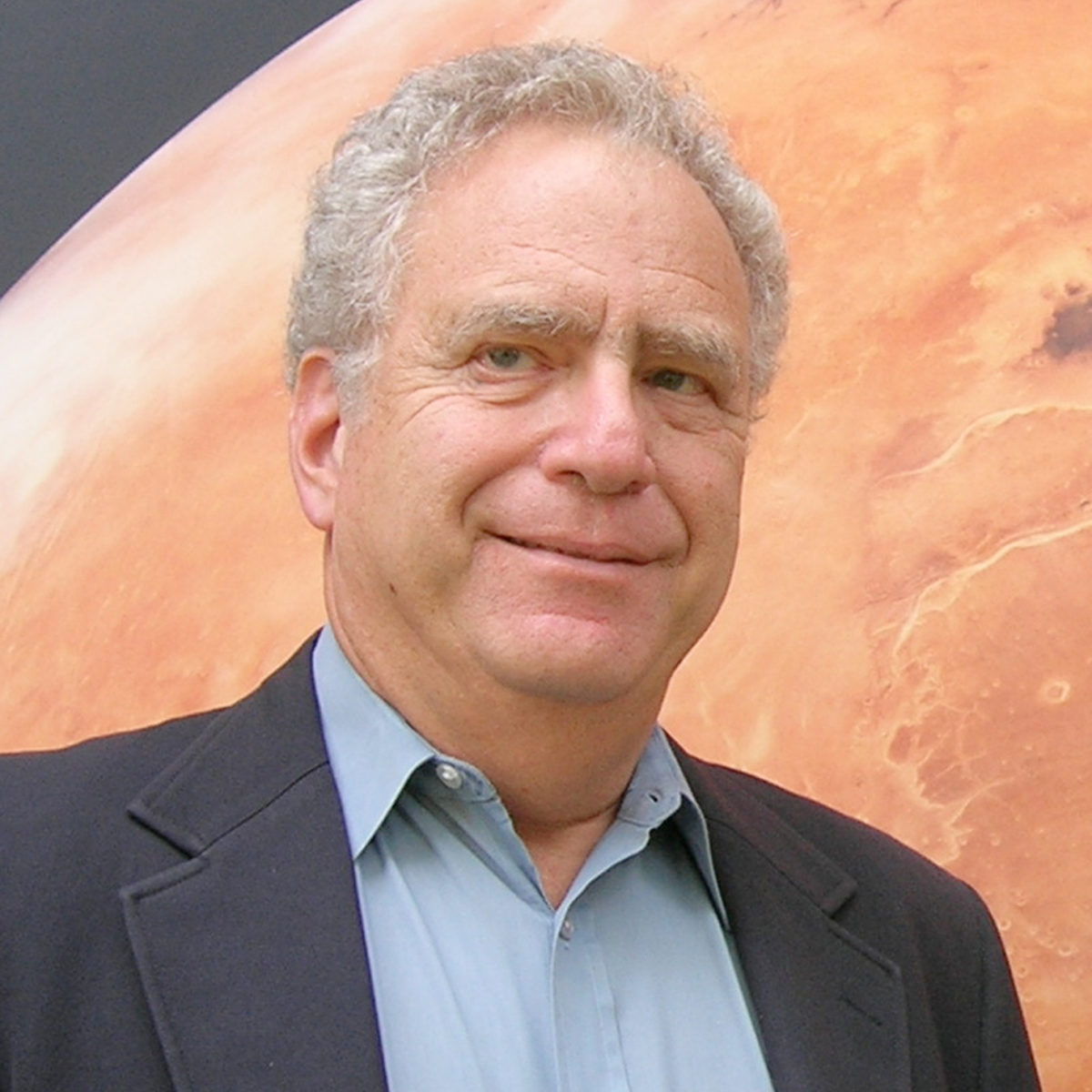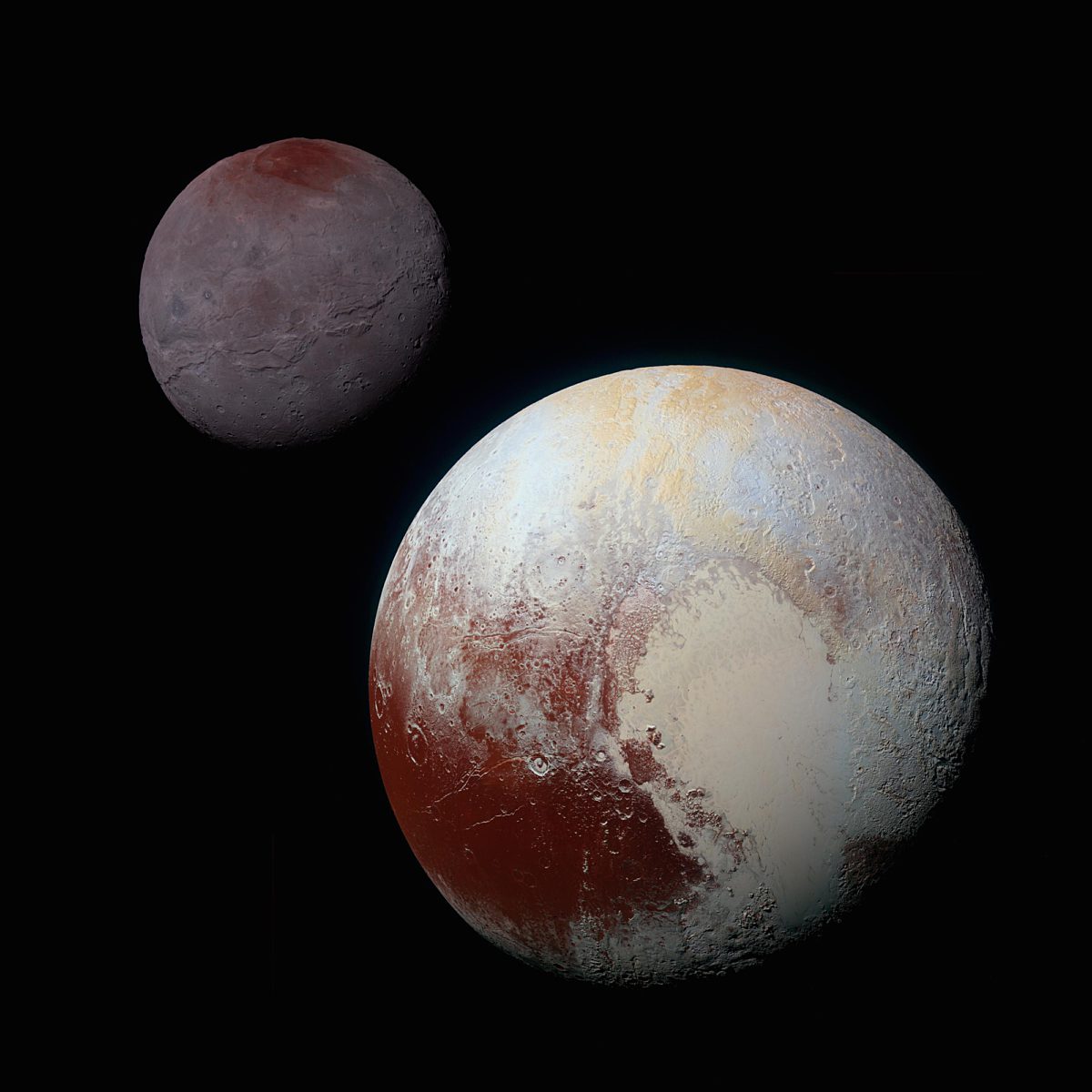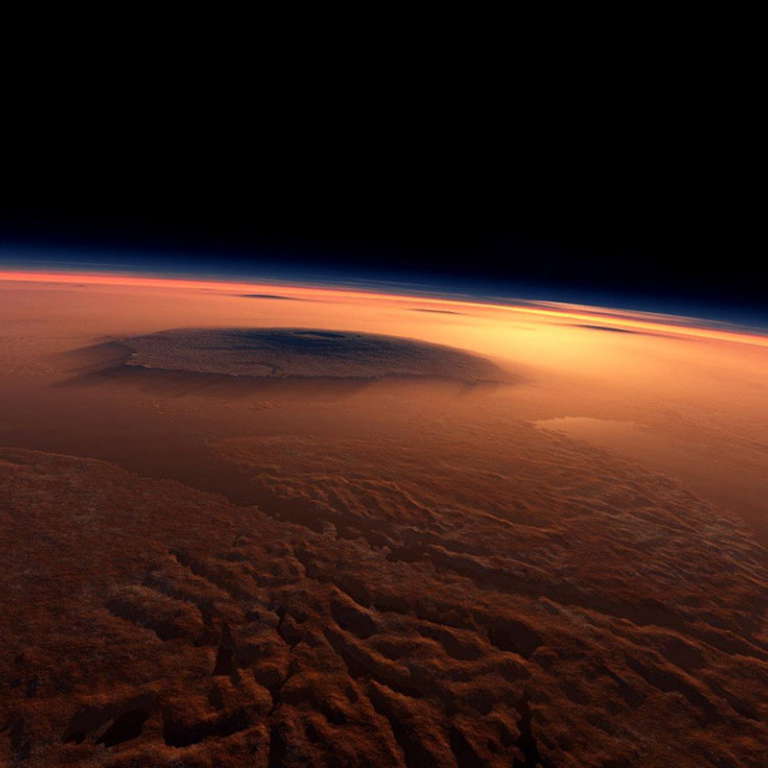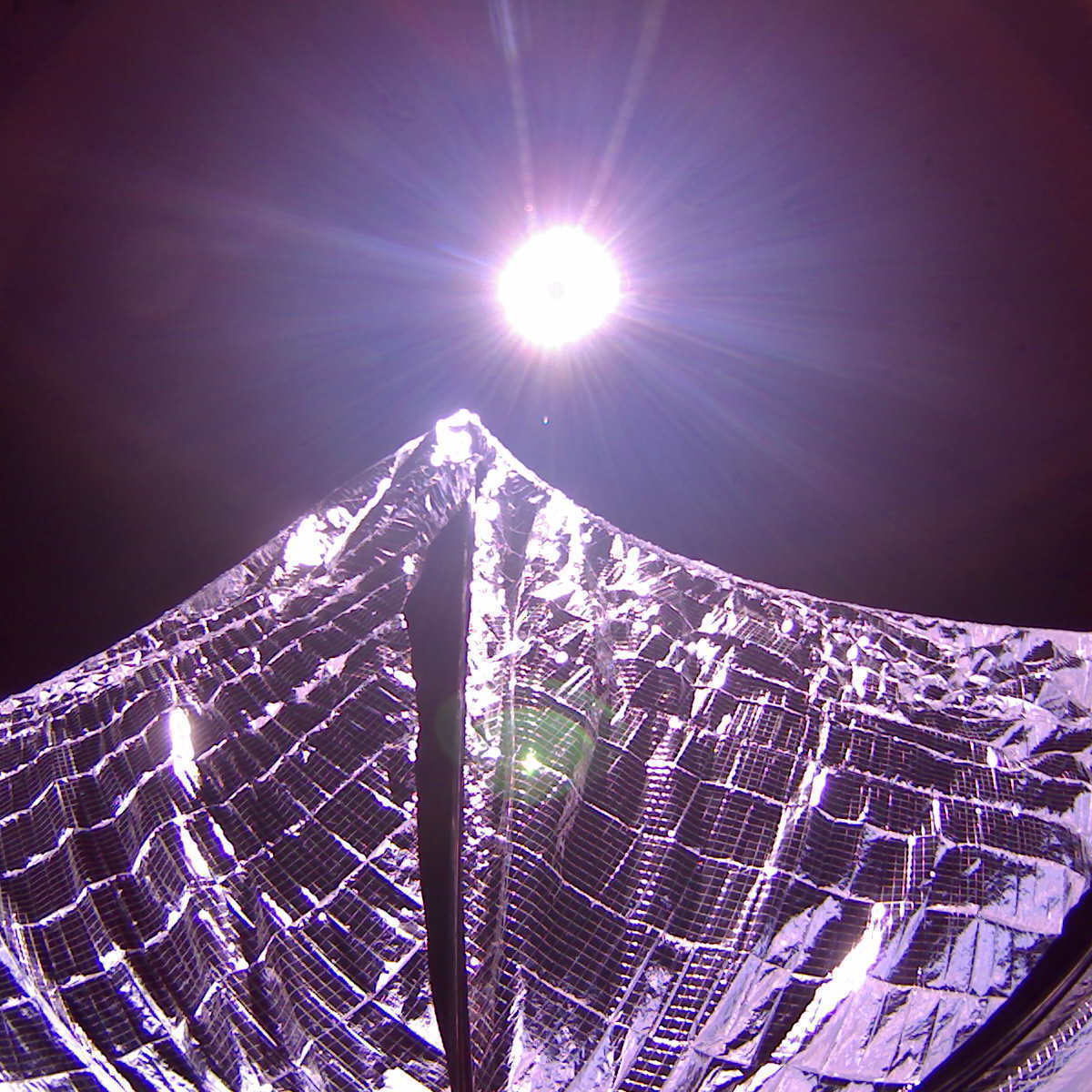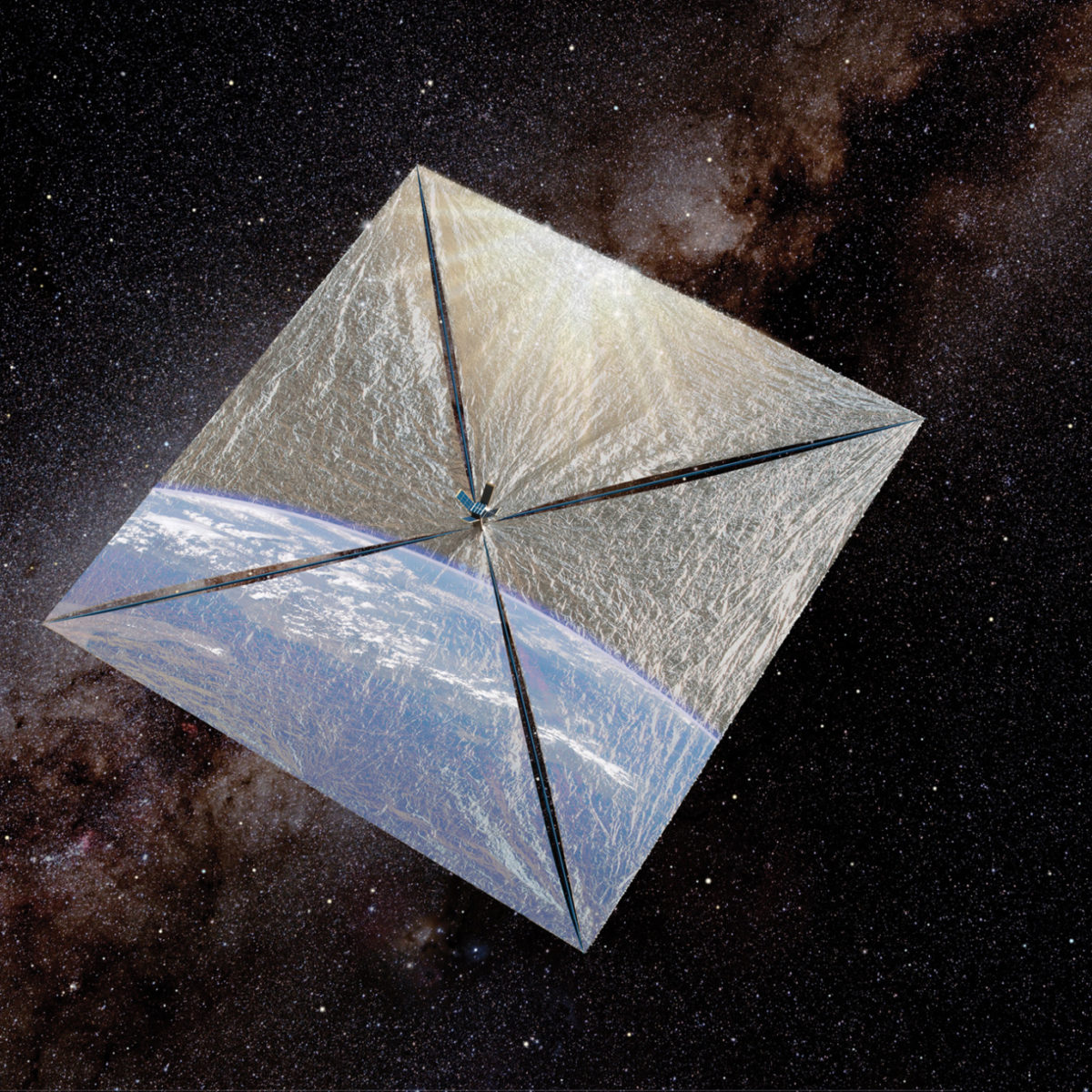Since 2002, Planetary Radio has visited with a scientist, engineer, project manager, advocate, or writer who provides a unique perspective on the quest for knowledge about our Solar System and beyond. The full show archive is available for free.
Search Planetary Radio
A small but talented UK team is building Twinkle, a small spacecraft with a big mission—exploring the atmospheres of planets orbiting other stars.
The founding Executive Director of the Planetary Society has just written “Human Spaceflight: From Mars to the Stars,” an optimistic view of humanity’s future in the solar system and beyond.
It was a grand night at the Pasadena Civic Auditorium. CEO Bill Nye led the Planetary Society’s 35th anniversary party with guests including Neil deGrasse Tyson and Deputy NASA Administrator Dava Newman. We present a very brief sampling of the celebration.
“The Martian” has won universal acclaim from scientists, astronauts, NASA, science fiction fans, and people who thought they weren’t science fiction fans. Mat Kaplan talks with the author about his harrowing, uplifting, amazingly detailed and realistic tale.
Hal Weaver is a very happy Project Scientist. His New Horizons spacecraft has shocked his fellow researchers with magnificent images and data. He shares the excitement this week.
Digital editor Jason Davis is a lucky guy. He follows and reports on human spaceflight progress, as well as the progress of the LightSail solar sail, which is about a year from its next flight.
Franck Marchis is on the team that has delivered an actual image of a young, hot world about 100 light years from Earth. We talk with him on the 20th anniversary of the first exoplanet discovery.
Scott Hubbard and John Logsdon led the Humans Orbiting Mars Workshop last spring. They return with Casey Dreier as the report on that workshop is released to the world.
They are the most neglected planets in our solar system, but that status may be changing. Planetary scientist Elizabeth “Zibi” Turtle celebrates NASA’s announcement that it will study a mission to Uranus or Neptune.
Planetary Radio returns to SOFIA, the Stratospheric Observatory for Infrared Astronomy, but this time we fly in the giant 747 turned telescope platform. It was a night to remember.
Planetary Radio talks with Jim Bell and Justin Maki, leaders of the development team for the most advanced camera ever planned for the surface of Mars.
We follow last week’s conversation with Ann Druyan about the $100 million funding of the Search for Extraterrestrial Intelligence by visiting with two of the scientists who will do the work: Dan Werthimer of UC Berkeley and Karen O’Neil of the Green Bank Telescope.
Join our live audience for highlights of an amazing evening, featuring Jim Bell, Bruce Betts, Mike Brown, Emily Lakdawalla, Linda Spilker, and Bill Nye the Science Guy.
SETI Institute scientist Jason Rowe returns to tell us about the smallest exoplanet so far that has had its size and mass determined. Jason also talks with Mat about our ever-expanding knowledge of these worlds that circle faraway stars.
Two visits with the Planetary Society Senior Editor this week, as Emily first provides an update on the Rosetta comet mission and then returns with an extended look ahead at the New Horizons Pluto encounter next week.
After a roller coaster ride that included a maddening eight-day silence, the LightSail test mission finally achieved all of its major goals. Leaders of the mission team gathered on June 10th to take questions from the media, and share their thoughts and emotions with the general public. Today’s show presents highlights of that briefing. Emily Lakdawalla is seeing things on Pluto, and she’s not alone. Bruce Betts takes Mat Kaplan on a walk in space during this week’s What’s Up segment.
Cassini Project Scientist Linda Spilker, returns with another update on the magnificent mission at Saturn. You’ll also hear Bill Nye and the moment when LightSail began to deploy its solar sail.
The road to space has been a rocky one for most spacecraft, and LightSail is no different. Challenges remain even with the May 20th launch of a test mission approaching. Embedded LightSail reporter Jason Davis checks in with the latest news.
Landing on Mars is hard, and the bigger you are, the harder it gets. Rob Manning returns to tell us about one of NASA’s best hopes for getting much bigger spacecraft down there—spacecraft that may one day carry humans.
A human mission to orbit Mars might be possible by 2033, and it might be accomplished at reasonable cost and with existing or nearly-ready technology. Three leaders of a recent Washington DC conference on this topic provide a report.


 Explore Worlds
Explore Worlds Find Life
Find Life Defend Earth
Defend Earth



